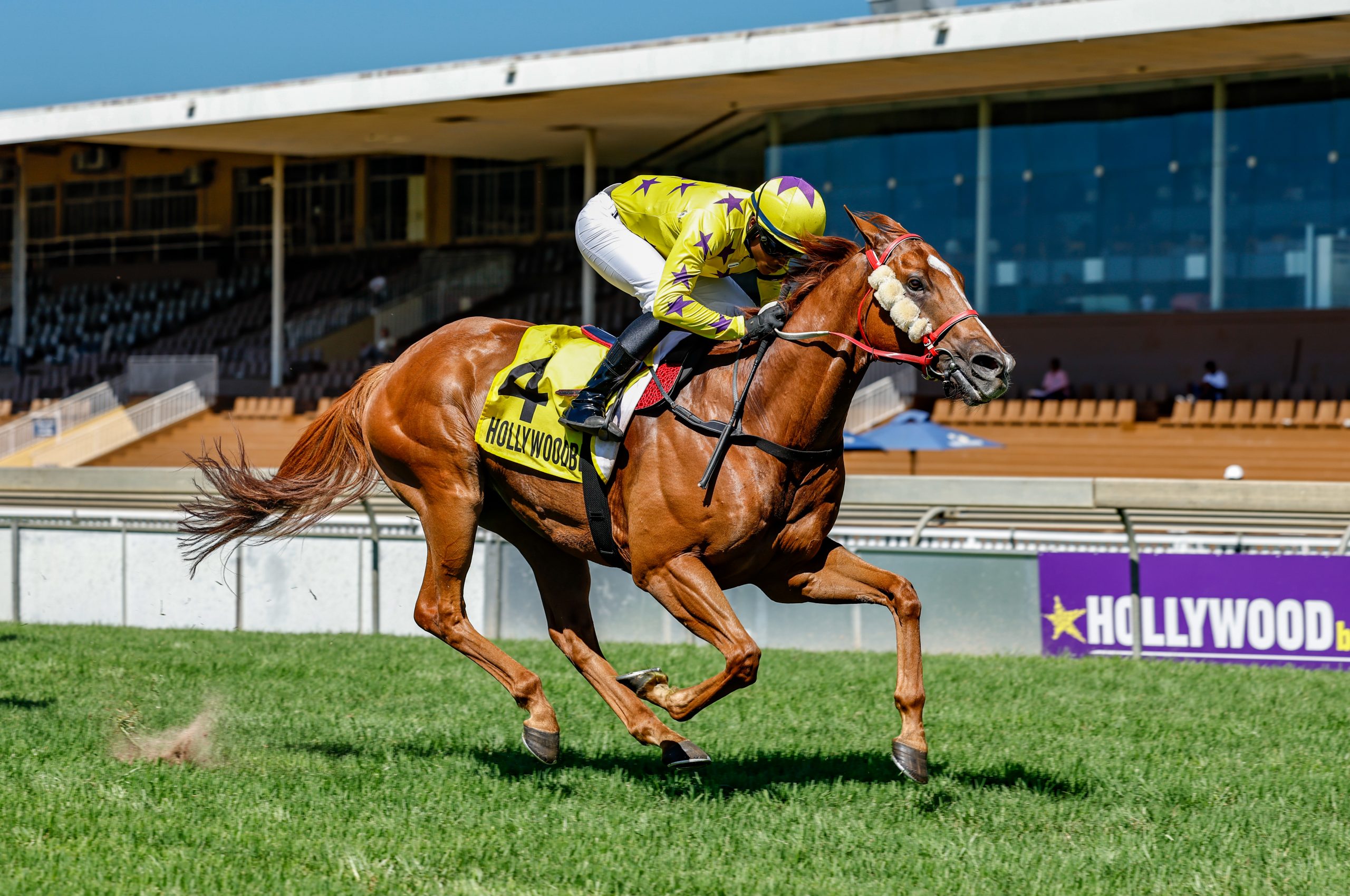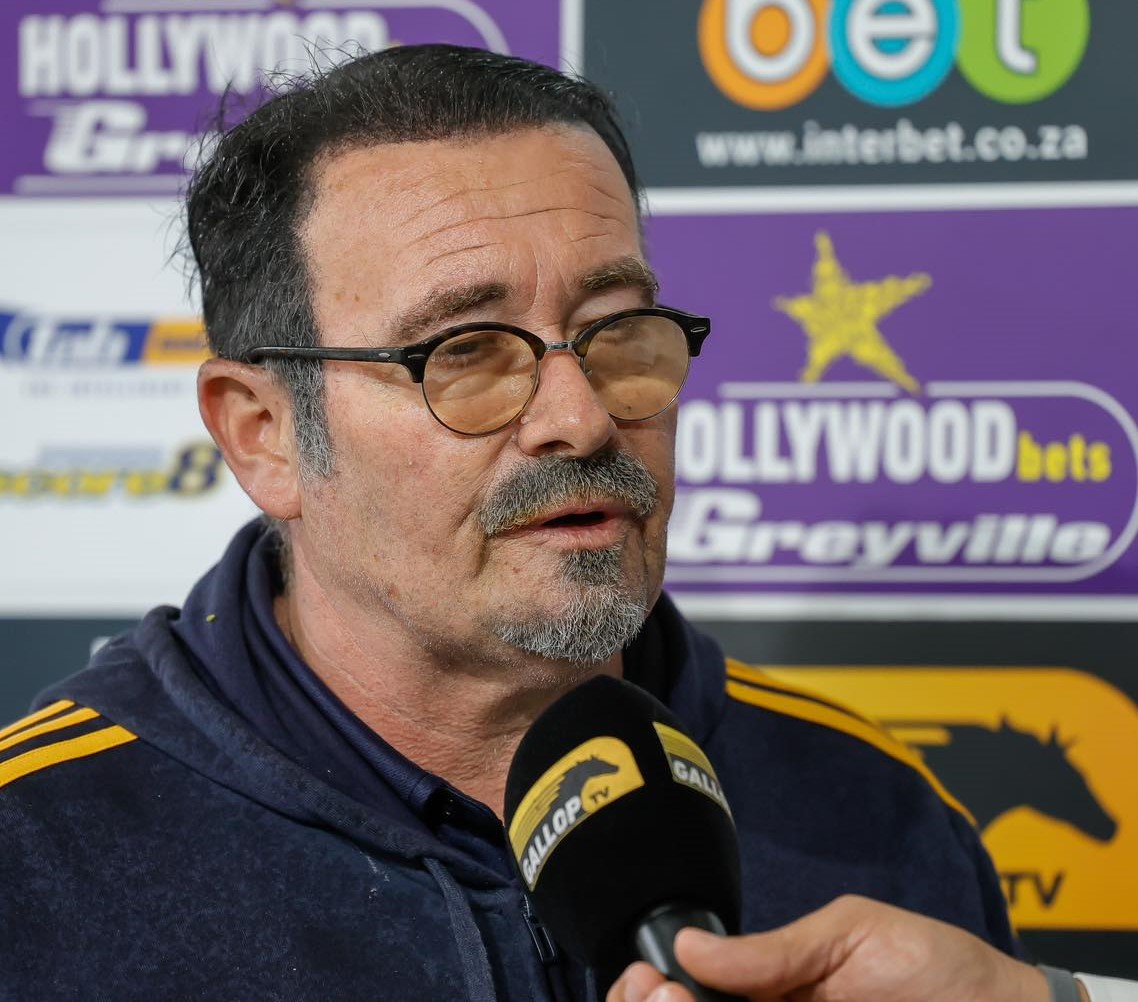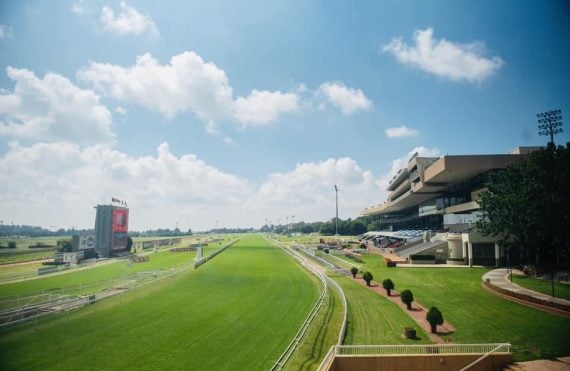 A move by our National Horseracing Authority to almost surreptitiously institute a minimum Life Assurance and Disability cover requirement of R5 million has caught many jockeys unaware.
A move by our National Horseracing Authority to almost surreptitiously institute a minimum Life Assurance and Disability cover requirement of R5 million has caught many jockeys unaware.
Without the cover at that level, licences will not be renewed.
Is this pie in the sky guardianship play-acting on the part of the racing regulator?
Race-riding is a dangerous job. It is, after all, one of the only occupations where an ambulance follows while you work.
Some years ago a Medical Journal Of Australia study found that being a jockey is more risky than plying the trade of boxing, with only the job of a deep sea commercial diver having more risk to life.
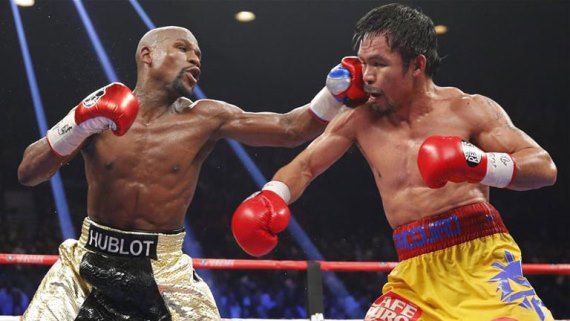
The report revealed that only skydivers, motorbike racers, loggers and pilots face less risk of being killed than the lightly framed riders of thoroughbreds. Jockeys have a higher risk of fatality than structural metal workers, farm workers, roofers and truck drivers, or participants in sports such as skydiving and motorcycling.
The study covered four years of Stipes reports of more than 75 000 races run Australia-wide and statistics counted 3360 race falls, which resulted in 861 serious injuries and five jockey deaths.
In South Africa, body and head protector equipment is compulsory for race and work-riding, and we have on-course raceday ambulance and medical and first aid services in place on all racecourses. But none during work-riding?
The quality of the medical service is not something the NHA or our racing operators freely engage in discussion about with the media, given the adverse publicity around the subject in recent years. And we must question why no emergency protocol exists for race or work-riding in the NHA’s very comprehensive rules?
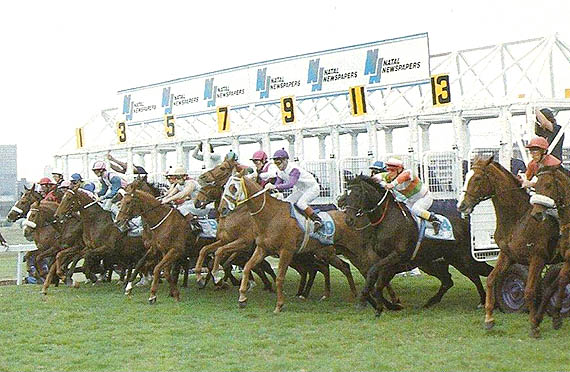
So the principle of providing sound insurance cover to jockeys is not in dispute.
But communication and consultation once again appear to be the two boxes not ticked in the move to institute a minimum cover requirement by our racing regulator.
The Sporting Post was approached by a local rider who brought the issue of minimum cover to our attention
Rule 23.1 states that no rider shall ride in a race unless, while he is participating as a rider in that racemeeting, he has adequate medical aid cover and , he is adequately insured in resect of any accident, injury or disability which he may suffer during the course of the racemeeting.
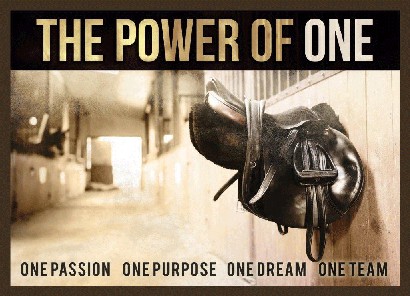
In the NHA’s weekly published calendar number 117 – Issue 52, published on 20 July 2018, under the heading ‘Appendix H – Riders’ Insurances’, it is stated that:
In terms of Rule 23.1, all Riders shall maintain Life Assurance and Disability cover at a minimum of R5 000 000, respectively.
Strange, given the publication timing a month after most jockeys renewed their licences for the new term.
The timing of the move to raise the cover minimum for existing riders is also bizarre given the fact that the National Horseracing Authority has itself been instrumental in sanctioning the comeback, after disability payouts, of a variety of jockeys over the past few years, with the result that many insurance companies have shown the cold shoulder – we can’t blame them – to providing new or increased occupational risk cover to jockeys.
In June this year, Petrie Marx, Product Actuary at Sanlam Individual Life, told the Sporting Post that the company, one of our oldest assurers, is still providing risk cover to jockeys and has been for a number of years.
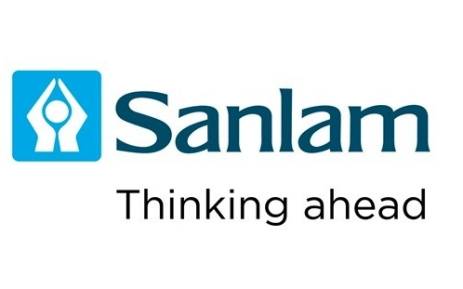
But they have stopped issuing new occupational disability cover, in the form of either temporary income protection and lump sum permanent disability benefits, because of excessively high claims ratios on these products.
“Existing contracts with these benefits will, however, still be honoured. In addition, Sanlam is still offering jockeys a number of very valuable benefits, notably, death, physical and functional impairment, accidental injury and severe illness benefits,” said Mr Marx at the time.

While most of us will probably never have sufficient cover, the mathematics of a specific amount of cover should surely be dependant on the individual’s personal needs and circumstances – including historic earnings, future income needs, as well as broad financial and domestic circumstances?
The individual’s family, or even the state – more than the NHA or the industry – will ultimately carry the burden in the event of a financial shortfall resulting from a catastrophic event.
Reports are that both industry representative bodies, the Coastal Jockey’s Association and the Jockey’s Association of SA, were not consulted or informed of the move by the NHA that will impact directly on their members.
Many of our jockeys are thus caught in something of a catch 22.
No cover – no licence – but probably no assurer willing to provide cover.






